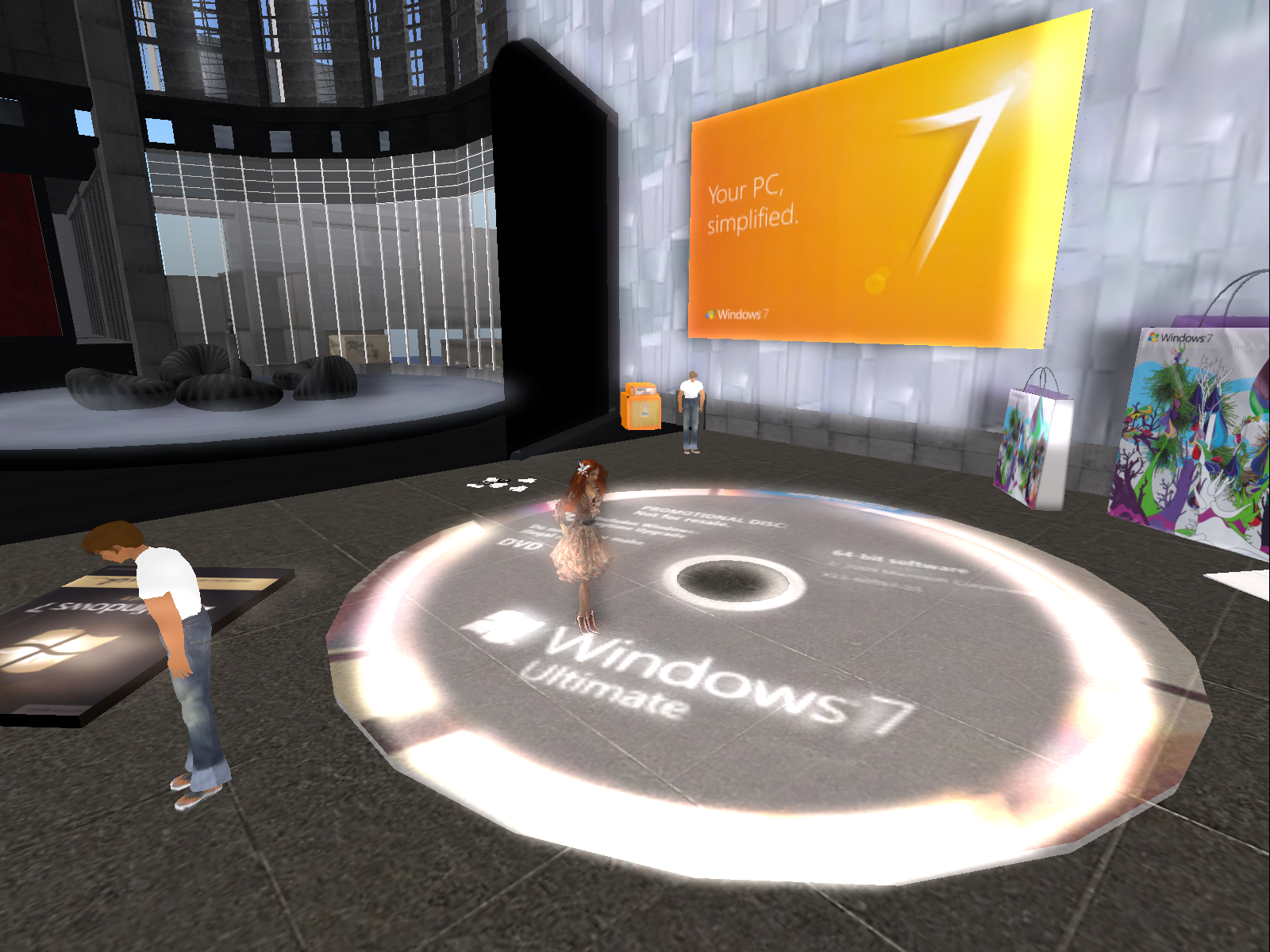Why Microsoft actually might not be the buyer…
From a technological perspective, Linden Lab is the worst possible example for the kind of company that Microsoft usually buys. LL is too keen on open source code, use it extensively in their own products, and they have released the viewer as open source. They support multiple platforms on the viewer; while Microsoft also develops for the Mac, it’s quite rare for them to support Linux as well. Interop would be one of the things that Microsoft would want least to develop!
The servers are completely the opposite of what Microsoft likes: they are developed natively for Debian Linux and the backend is MySQL, and they’re un-portable to Microsoft’s technology. By contrast, Microsoft is active in developing for OpenSim… because it’s a Mono application, close enough to Microsoft .NET and fully compatible with it. It doesn’t cost anything to launch their own OpenSim grid, and if they put the Microsoft marketing power behind that, they won’t need Second Life’s brand awareness at all.
Second Life also has no technology worth to be patented. The most original technology it used was 3D content streaming, but, as you all know, Linden Lab is phasing it out in favour of HTTP asset downloading from the cloud. The rest, individually taken, is not sooooo original — it’s the ensemble that is special. So Linden Lab is not worth much as a source of patents… even though the brand name, “Second Life”, might be worth something, since it has a relatively good brand awareness — so long as Microsoft can clean its association with adult content!
Sony Home was, for all purposes, a flop. Would Microsoft emulate Sony and fail as well? It’s not likely. This year, Microsoft is announcing a lot of remakes of their ‘classic’ PC games. Some analysts believe that Microsoft wants to push gaming back to PCs (although I fail to understand why they’ll launch Natal this Christmas). Buying SL to put it in the Xbox, thus, would make no sense at all… and it would mean turning SL into a PG world. Even if Microsoft would be so keen to try this out, they could do it way more easier with OpenSim… and compete with IBM, Intel, and Linden Lab with the only SL-compatible virtual world running inside a Xbox.
Also, although Microsoft’s game division focuses on the residential market, Microsoft is usually more interested in business applications. Second Life Enterprise could potentially be one, but Linden Lab, for all purposes, dumped their enterprise division. During due diligence I’m sure that Microsoft would find out it didn’t sell that well… and Microsoft already has plenty of useless, unsellable products on their portfolio.
Why would Microsoft be interested in getting just a tiny slice of the US$ 0.6 billion content economy? The commission fees on the LindeX are too tiny to make a difference. They could, in theory, attempt to limit free content upload and demand from content creators that they pay larger upload fees or sign-up as a “registered Microsoft virtual world content creator” (not unlike what Apple charges to allow developers to sell their applications on the App Store). With a US$100 fee, 100,000 professional content developers, and a million amateur ones, there might be some money to be made out of those fees. But… would content creators be that willing to “sign up” and pay Microsoft for the privilege of doing something in their favourite virtual world which has been, for all purposes, free until now? It’s far more likely that this would simply push every content creator into the OpenSim grids — where Microsoft already has a relatively strong presence and is quite aware of the growth of OpenSim.
Similarly, why would a company already making half a billion US$ annually from ads served by their adCenter technology be interested in a handful of classifieds on the Second Life Search? Even if Microsoft forced aggressive ad spamming inside the viewer, why bother…? There are just a million and a half active users! Granted, Microsoft lost the revenue from placing Facebook ads, but placing ads in Second Life would hardly be significant…
As for branding… “Second Life” and “Microsoft Live” might be two brands too easily confused with. Would Second Life survive a name change after almost a decade? Perhaps, if the focus changes radically. But if it does, why buy Linden Lab? Again, running an OpenSim grid would be far cheaper and make more sense… and it could be simply rebranded as Microsoft Virtual World, Microsoft Metaverse, or something like that, to avoid confusing it with Live.





